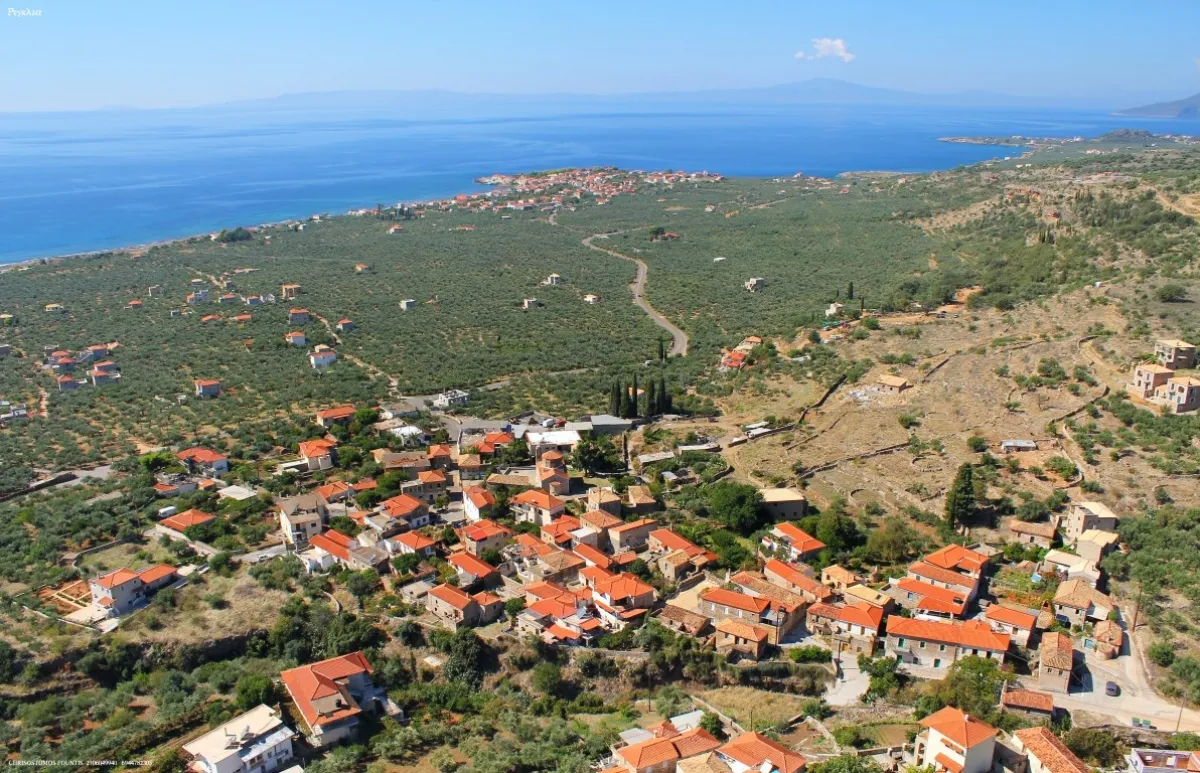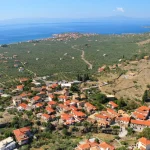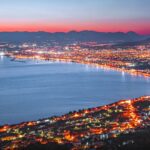The distinctive region of Mani has gained considerable recognition in recent years, thanks to travel reports. However, this has predominantly favored its coastal areas, boosting tourism during the summer season. The more mountainous sections, therefore, continue to hold surprises for those inclined towards more thorough explorations in different seasons of the year.
One such mountainous gem in Messinia is the village of Rigklia, administratively part of Western Mani and located approximately 47 kilometers from Kalamata. Easy access is provided via the provincial road connecting Kalamata to Areopoli. Expect to arrive in about 1 hour, making the area ideal for planning a delightful day trip.
Rigklia is situated at an altitude of 120 meters on the southwest slopes of Mount Taygetos, with a total population of 213 residents according to the 2011 census. The use of ‘total’ population is significant, indicating that the community has preserved its traditional characteristics, still consisting of three more or less distinct settlements.
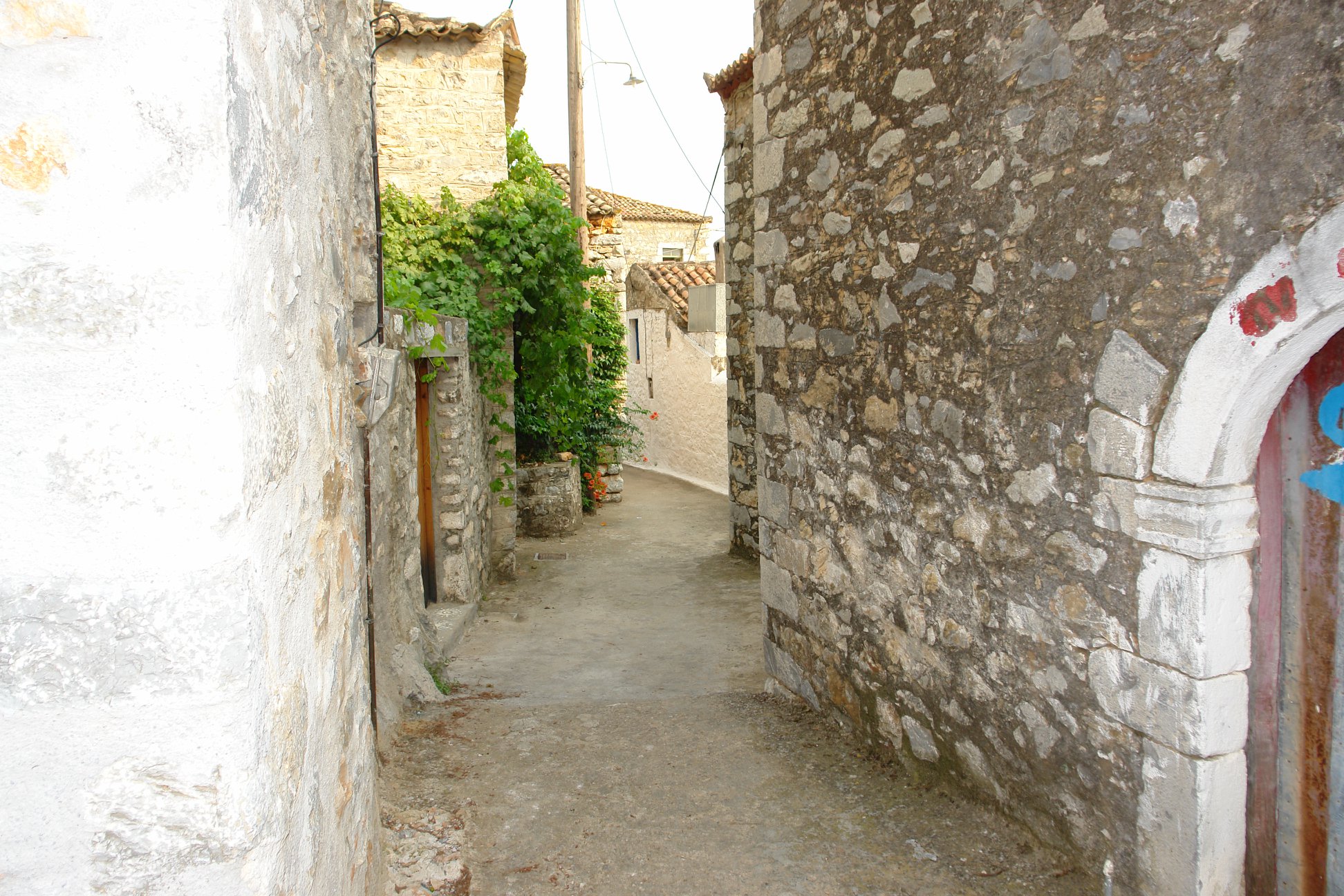
Characteristic cobblestone alley of the village, nestled among traditional stone-built houses. Photo: Municipality of Western Mani.
What is worth seeing if you come to Rigklia.
Characterized by the mountainous side of Messinian Mani, Rigklia is situated on a beautiful plateau adorned with olive groves (and some cypresses), built on a strip of land between two rivers flowing from the neighboring Mount Mela (part of Taygetos). The landscape gains even more idyllic charm with the stunning view that the village enjoys towards the Messinian Gulf. During the summer, the two rivers tend to dry up completely, but regain water when the rains begin.
Rigklia is not a medieval village but rather a creation of the later years of Ottoman rule in the Peloponnese. It is estimated that it took its current form around 1800 when the families of Gennimatas, Christeas, and Kyvaleas settled in the area. However, the initial settlement seems to be even older, as an inscription from 1737 is preserved in a house. Originally spelled as ‘Rigglia,’ the spelling was simplified in 1920. Until 1938, they were considered part of Laconia; however, since then, they have definitively belonged to the Messinian territory.
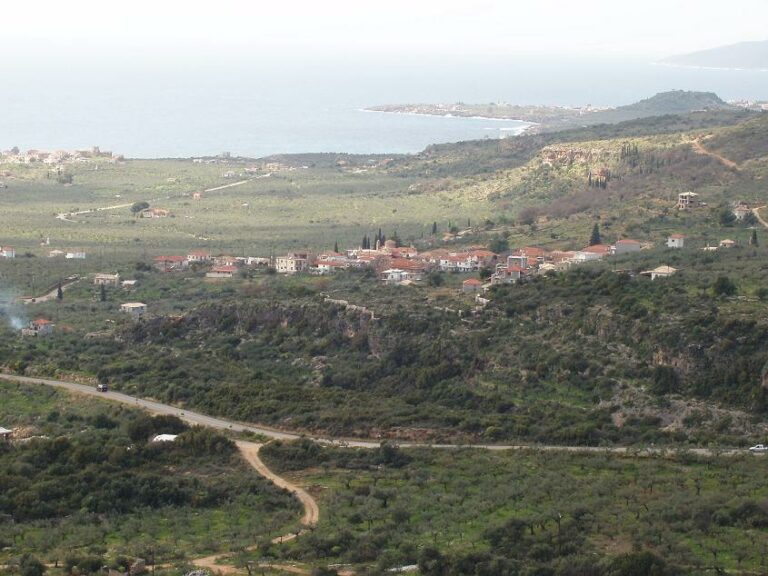
Rigklia is located on a plateau in Messinian Mani, surrounded by olive groves and some cypresses. Photo: Wikipedia Creative Commons.
The aforementioned arrival of the three families is likely behind the trilateral division of the community, which, as mentioned earlier, still persists to this day. Upon visiting, you will see the village articulated into Ano Rigklia, Kato Rigklia, and Eleochorio (also known as Izina). Taking a stroll through the cobblestone streets, you will encounter various fountains, traditional stone-built houses in the three settlements—some dating back to the pre-revolutionary period—and numerous Byzantine-era churches.
Some of these churches are considered today as preserved monuments, serving as attractions for the village. For instance, the church of the Dormition of the Theotokos in Ano Rigklia or that of Saint George in the same area. The latter is noteworthy for its tiled roof and stands out for its bell tower as well as its wall paintings, exemplifying folk art from the second half of the 18th century.
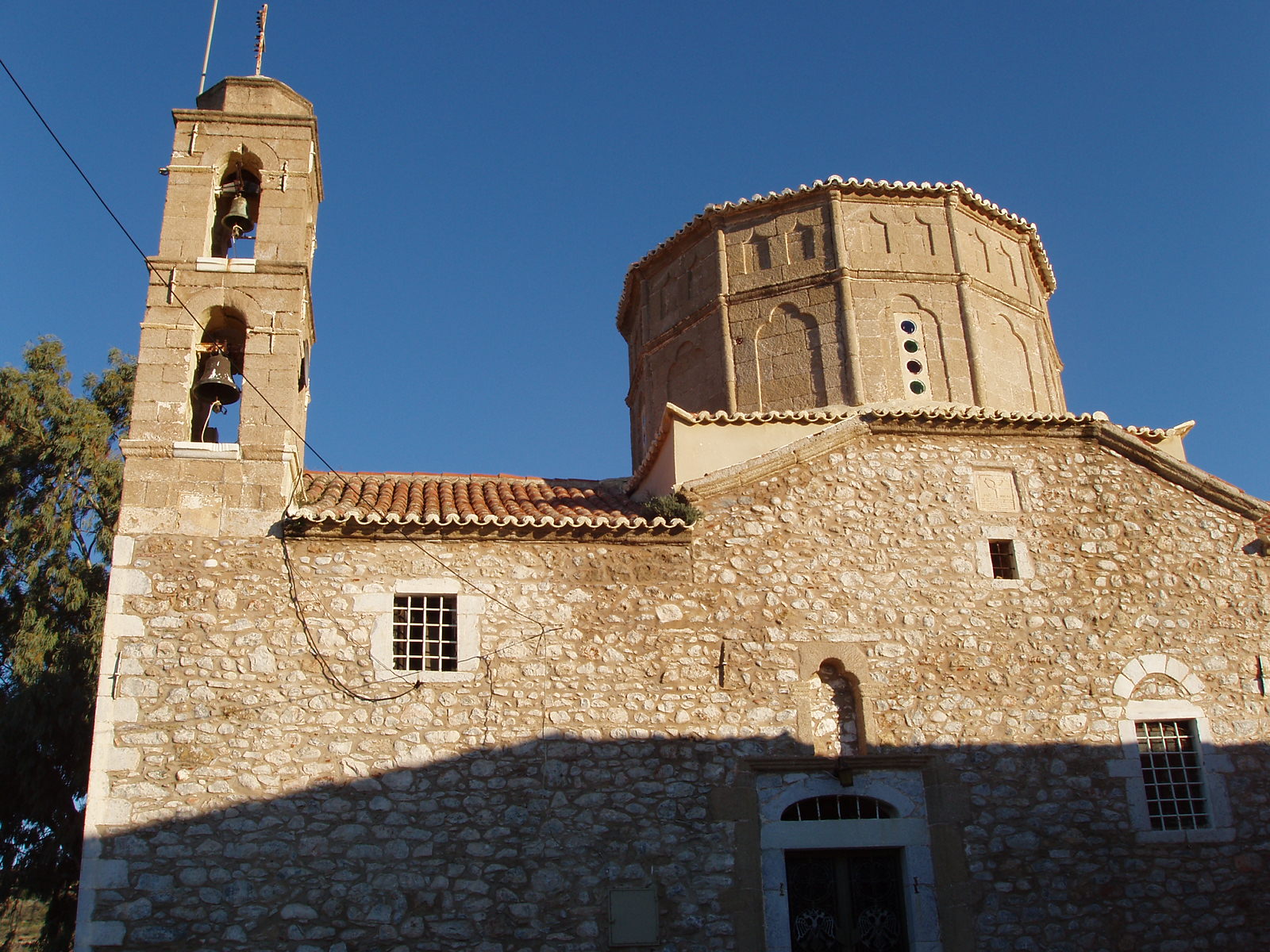
The Temple of the Transfiguration of the Saviour has been standing in the village since 1854, serving as the focal point for the annual festival. Photo: Wikipedia Creative Commons.
In Kato Rigklia, on the other hand, stands the Transfiguration of the Saviour, constructed in 1854. Today, it serves as the focal point for a grand local festival held on August 6. Here, you will also find a distinctive stone-built well, covered by an arch, reflecting an old everyday life.
Finally, concerning attractions, it’s worth venturing a bit outside the village to see the Church of Agia Paraskevi: built inside a cave on a rugged slope, it offers unparalleled views of the Messinian Gulf.
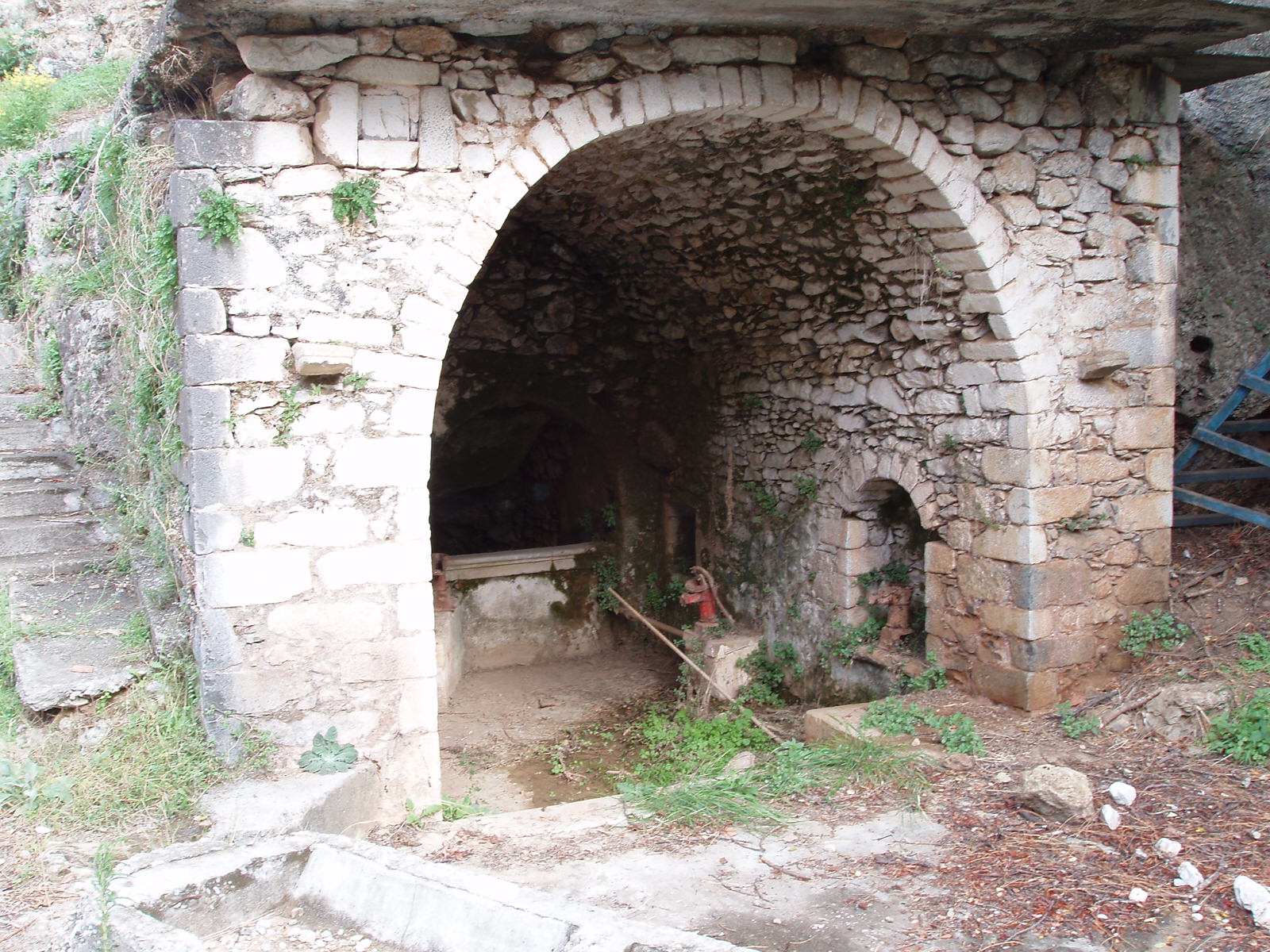
The arched-roof well in Kato Rigklia. Photo: Wikipedia Creative Commons.
Accommodation – Coffee – Food
“Despite their small size, Rigklia has not overlooked the development of tourism in Messinian Mani. Therefore, if you’re not just passing through for a day trip but wish to stay, you’ll find various accommodation options—both within the village and in the surrounding countryside. For example, you can check out the ‘Riglia Residence,’ operating as a hotel in a luxurious, stone-built villa in the center of the settlement.
As for coffee and food, on the other hand, you will need a car to travel to the coastal front. Within less than 2 kilometers, the picturesque fishing village of Agios Nikolaos is a well-developed destination and traditionally serves as a ‘taverna’ for both Rigklia and the broader mountainous area.”

